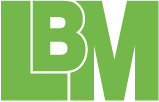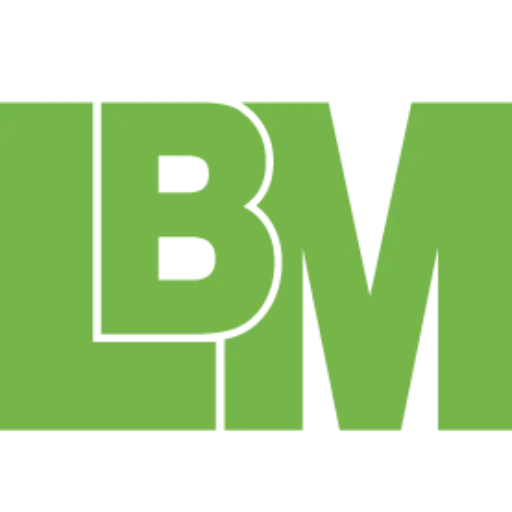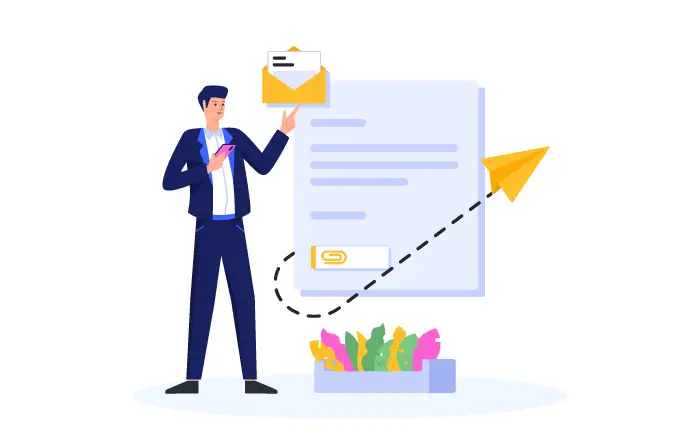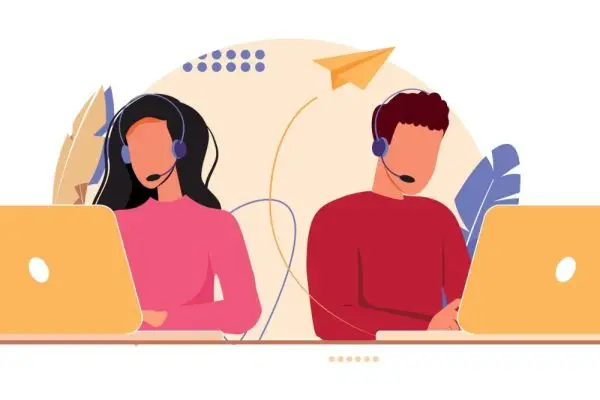Many law firms are blowing it on client intake. A recent “secret shopper” survey of law firms across the country found that more than 40% of law firms never responded to a website inquiry. However, out of the ones who did, 59% responded within 30 minutes.
Clearly, when it comes to lead response timing, there are amateurs and there are professionals.
And when law firms do respond, what do they do next? Are they providing flexible options for the meeting venue, payment, and intake forms? Is it a frictionless experience? Or are they insisting that you meet them in a brick-and-mortar office, two weeks from now, and bring all of your paperwork with you? Cash or check, please.
If you are returning your own marketing inquiries, more often late or never than immediately, or if you are like these firms that pencil in appointments weeks in advance and only in person, take a look at the below tips for intake and see how many can help you improve your client intake process for 2022.
Respond Immediately
Yes, timing is everything. Best practices, with regard to lead response times, have been a focus in other industries for decades. Mortgage companies will obsess over whether their time to first dial a potential client is a few seconds or less. Why? If you wait, and others make contact first, your chances of turning that person into a client decrease dramatically.
To be fair, with a personal service business such as law, you may not be available immediately. Many solos do not have sufficient support staff to reach out to every potential client within seconds. A happy medium is to set up some automation to reach out to the client and let them know that you will be calling — and maybe give them the choice to schedule their own consultation in the meantime.
You can also hire a virtual receptionist service for the purpose of reaching out to these inbound inquiries within minutes. Depending on your clientele, you may see a drastic difference between automation that sends out a text message and a virtual receptionist making a phone call — some clients are not as comfortable with texting as others.
Respond Often
Studies from outside the legal industry show that one return call to an inquiry is not enough — at a minimum, you should try 3 to 5 times, or until the person tells you they are no longer interested. Those studies were based on phone calls, while today, you have the choice to reach out via email, SMS, and phone calls. Do all of them and you will drastically increase your chances of connecting and setting up a consultation with the client, regardless of which communication medium they are most comfortable with.
Meet clients where they are comfortable
A few years ago, it may have been odd to run a firm where all of your initial consultations were done virtually. Today, given the pandemic, people are used to it. And in many ways, it is better. If you have a client no-show, you are still at your desk and you can return to work on something else. For them, they do not have to wait in traffic and take hours out of their day to “go see a lawyer.”
On the other hand, there is probably still a small percentage of potential clients who are absolutely against the idea of meeting with their lawyer virtually. They need the in person experience. If both of these are options, make sure potential clients know it — and choose the one that fits best for them.
Cash, Check, Credit Card, Camel?
Believe it or not, there are still firms that do not accept credit cards. And if you do not, you are likely leaving money on the table. While credit card processing fees can eat some of your profit, the reduced friction for clients in paying their bill means your realization rate— the frequency with which your bills actually get paid — will skyrocket.
Everybody takes cash and check. I know some lawyers who will even do barters, though not really for camels. Credit cards have been around for decades. While some lawyers are afraid to take credit cards because of potential ethical concerns, there are lawyer-specific credit card processors out there that are built to keep you out of ethics trouble. Some will even pass on the cost of taking a credit card to your client, at least where state bar rules allow such surcharges.
Electronic Intake Forms
Paper intake forms are dead. If you are still using them, put them away in a drawer and save them only for your most technophobic clients.
The beauty of a paperless electronic intake system is that your client can do it before they even show up to their virtual or in-person meeting. You will have all of their information and files at your fingertips when you meet. Plus, if you pick the right system, you can integrate it with your other tools so that you do not have to fill out a client’s information three or four times to set up billing, file storage, and document drafting.
Maximize your leads’ value
Whether you are purchasing leads from a reputable lead vendor, you are referring a client, or you are generating your own leads through your own marketing efforts, you should always look at maximizing the value of leads that you have already before you start looking for new sources of leads.
The way to maximize the value of your leads is to reduce any friction in the process. Clients, like you, are busy and it may take a few follow-up calls to connect with them. Some clients prefer credit cards, and virtual appointments, and are too busy to answer calls but will email you back. Others prefer text messages, paying in cash only, and primarily picked you because your office is right next to theirs — they want to meet in person.
The easier you make it for a potential client to connect with you and schedule an appointment, the more likely it will be for you to turn a lead into a consultation into a paying client. It also creates a strong first impression that will last throughout the representation, even when things go less smoothly with their actual case.






